Cats, while often perceived as independent and aloof, can experience emotional withdrawal, much like humans do. When your feline friend is going through such a phase, it’s important to understand the underlying causes and how best to support them. With the right approach, you can help your cat regain its emotional balance and return to its playful self.
Recognizing the Signs of Emotional Withdrawal in Cats
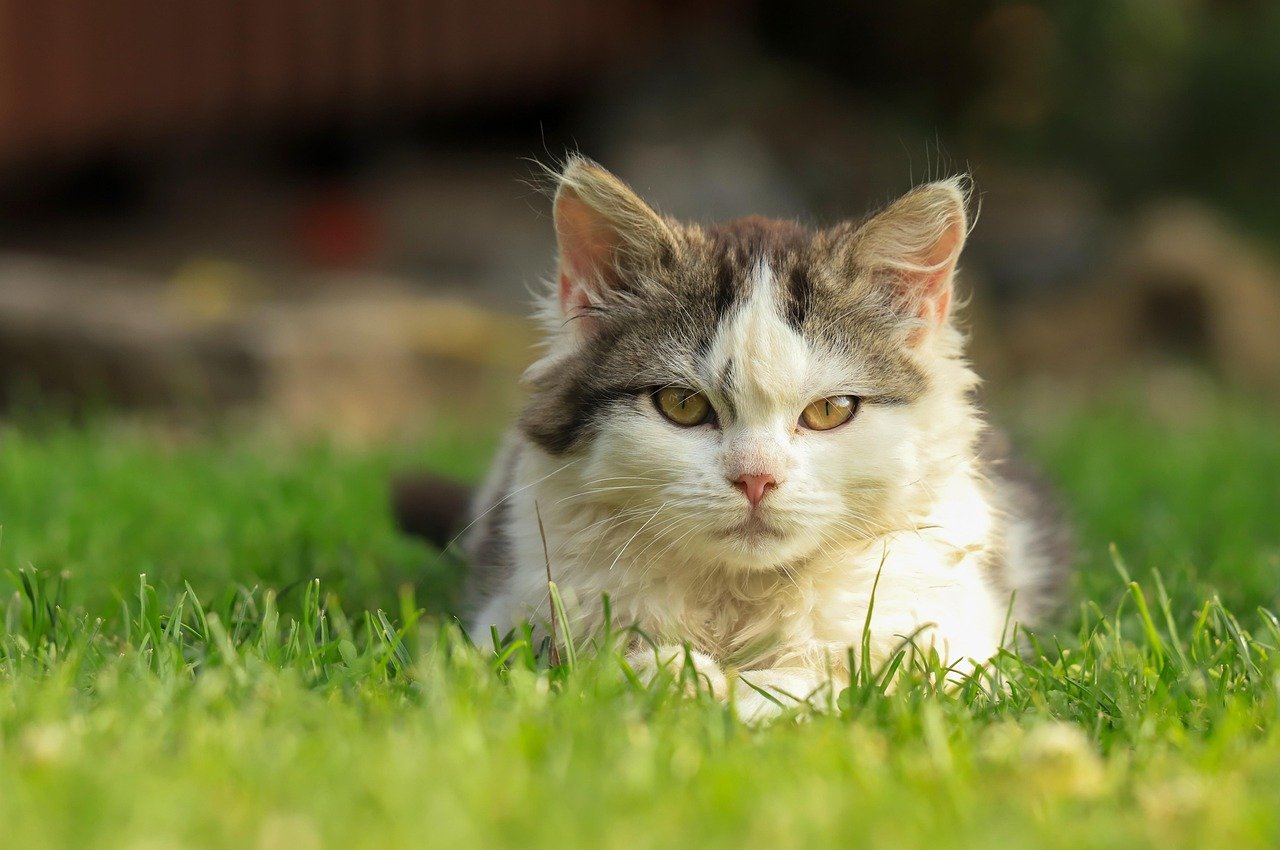
Emotional withdrawal in cats can manifest in several ways. You might notice your cat hiding more often, avoiding interaction, or losing interest in activities they once enjoyed. These behaviors can be subtle, so it’s crucial to pay close attention. Other signs include changes in eating habits, increased sleeping, or a lack of grooming. Recognizing these symptoms early is key to addressing the issue effectively.
Understanding the Causes of Emotional Withdrawal
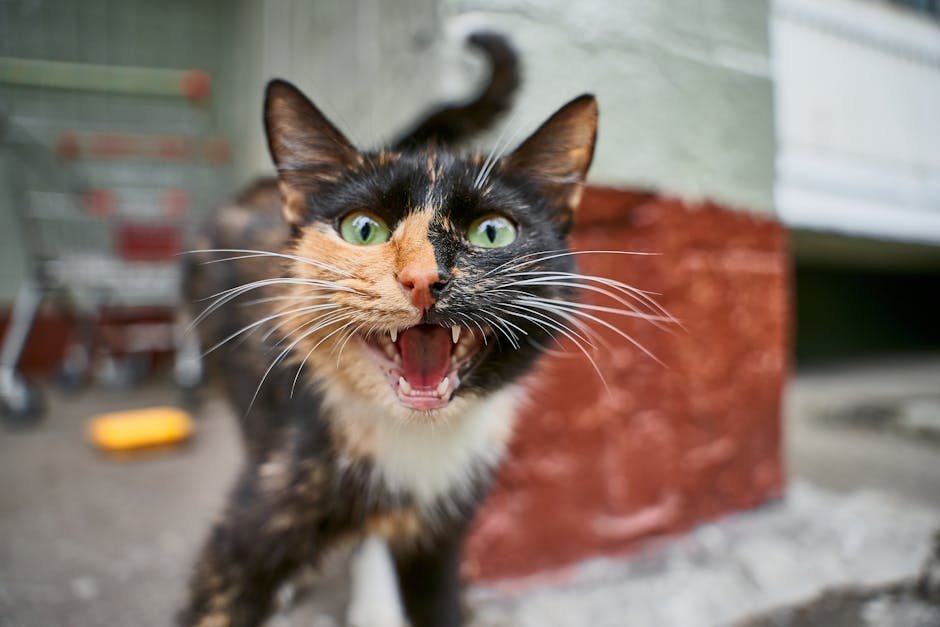
Several factors can lead to emotional withdrawal in cats. Changes in their environment, such as moving to a new home or the loss of a companion, can be significant stressors. Cats are creatures of habit, and disruptions to their routine can cause anxiety. Health issues or pain might also be at the root of their withdrawal. Understanding these causes can help you determine the best course of action.
Creating a Safe and Comfortable Space
Providing a safe and comfortable space for your cat is essential in helping them overcome emotional withdrawal. This space should be quiet, away from loud noises and disturbances. Include cozy bedding, their favorite toys, and a scratching post. This sanctuary will allow your cat to retreat and relax when feeling overwhelmed. A calm environment can work wonders in easing their anxiety.
Establishing a Consistent Routine

Cats thrive on routine, and establishing a consistent schedule can help alleviate their stress. Feed, play, and interact with your cat at the same times each day. Predictability provides a sense of security for your feline friend. As they become familiar with the routine, they may begin to feel more at ease and open to interaction.
Encouraging Play and Interaction
Engaging your cat in play can be an effective way to lift their spirits. Use toys that mimic prey, such as feather wands or laser pointers, to stimulate their natural hunting instincts. Gentle interaction without overwhelming them is key. Start with short play sessions and gradually increase the time as your cat becomes more comfortable.
Providing Mental Stimulation
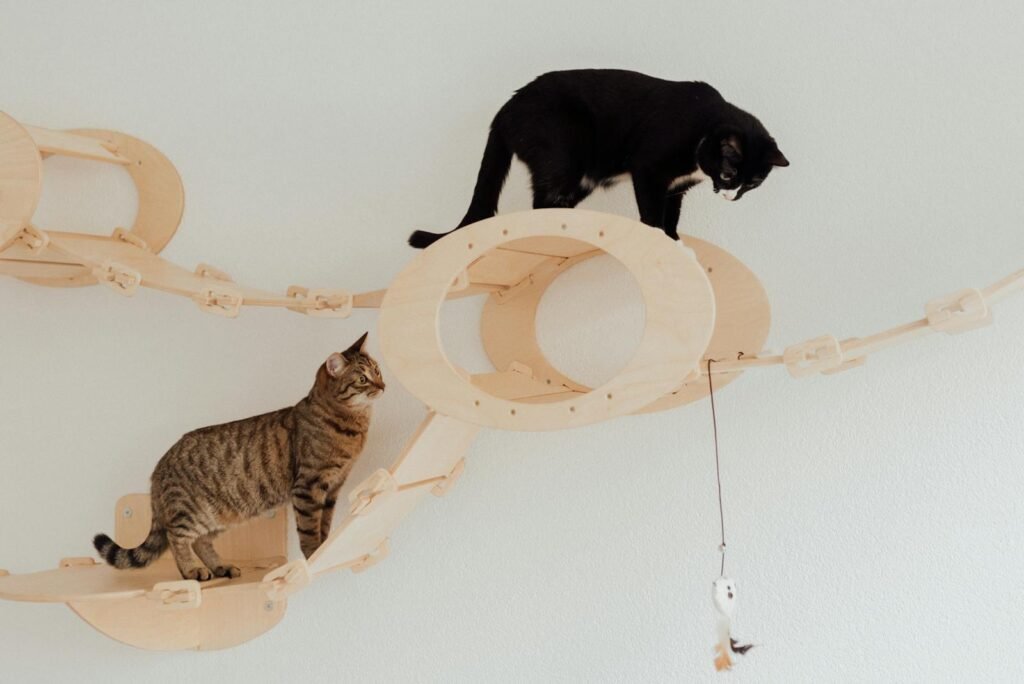
Mental stimulation is just as important as physical activity. Puzzle feeders and interactive toys can keep your cat’s mind engaged. These activities challenge their problem-solving skills and can distract them from their emotional withdrawal. Rotate toys regularly to maintain their interest and prevent boredom.
Maintaining a Healthy Diet
A nutritious diet plays a vital role in your cat’s overall well-being. Ensure they are receiving a balanced diet that meets their nutritional needs. Consult with your veterinarian if you’re unsure about the best food options. Sometimes, a change in diet can have a positive impact on your cat’s mood and energy levels.
Monitoring for Health Issues
It’s important to rule out any underlying health problems that might be causing your cat’s emotional withdrawal. Regular check-ups with the veterinarian can help identify any issues early. If you notice any unusual physical symptoms alongside the withdrawal, such as vomiting or diarrhea, seek veterinary advice promptly.
Using Pheromone Diffusers

Pheromone diffusers can be an effective tool in calming your cat. These devices release synthetic pheromones that mimic the natural ones cats produce, providing a sense of security. They can help reduce stress-related behaviors and encourage relaxation. Place the diffuser in the area where your cat spends the most time.
Offering Gentle Reassurance
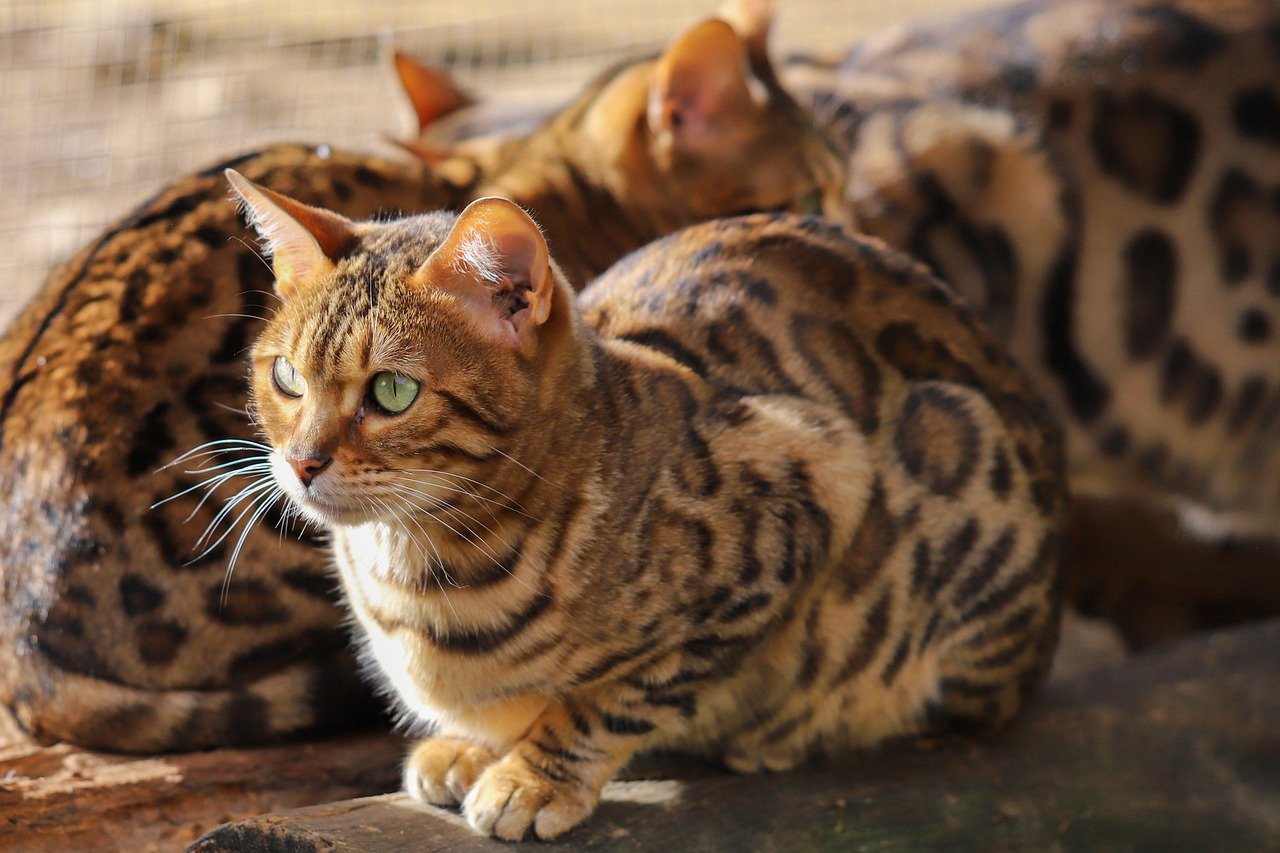
While it’s important to give your cat space, gentle reassurance can also be beneficial. Speak to them softly, using a calm and soothing tone. Avoid forcing interaction, but let them know you’re there if they seek comfort. Your presence can be reassuring, even if they prefer to keep their distance initially.
Considering Professional Help
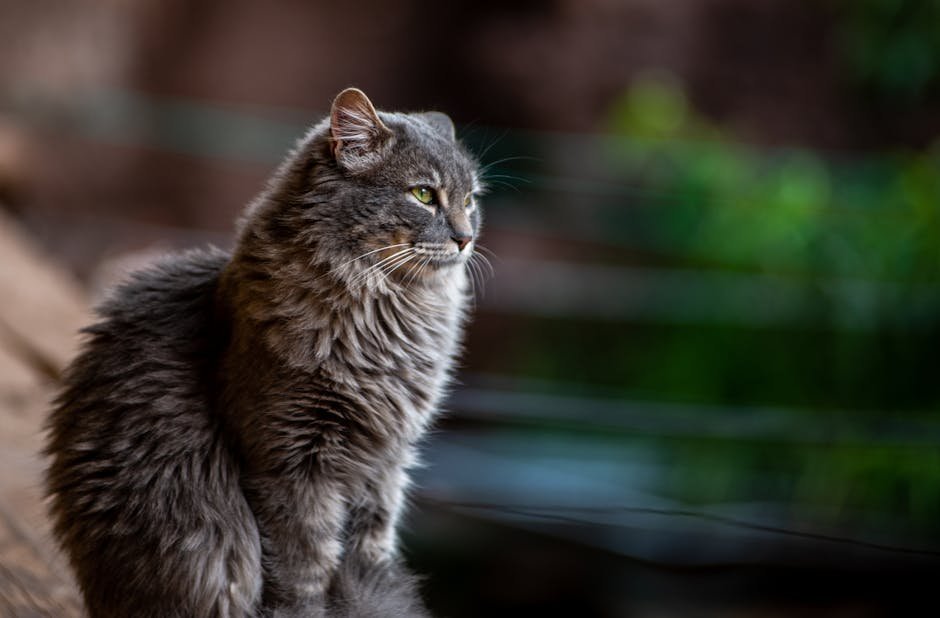
If your cat’s emotional withdrawal persists, it might be time to seek professional help. An animal behaviorist or a veterinarian with experience in feline behavior can offer guidance and support. They can help identify any deeper issues and provide strategies tailored to your cat’s needs.
Using Natural Remedies

Some cat owners find success using natural remedies to support their feline’s emotional well-being. Herbal supplements or calming treats can be considered, but always consult with your veterinarian before trying new products. Natural remedies should complement, not replace, other supportive measures.
Respecting Your Cat’s Boundaries
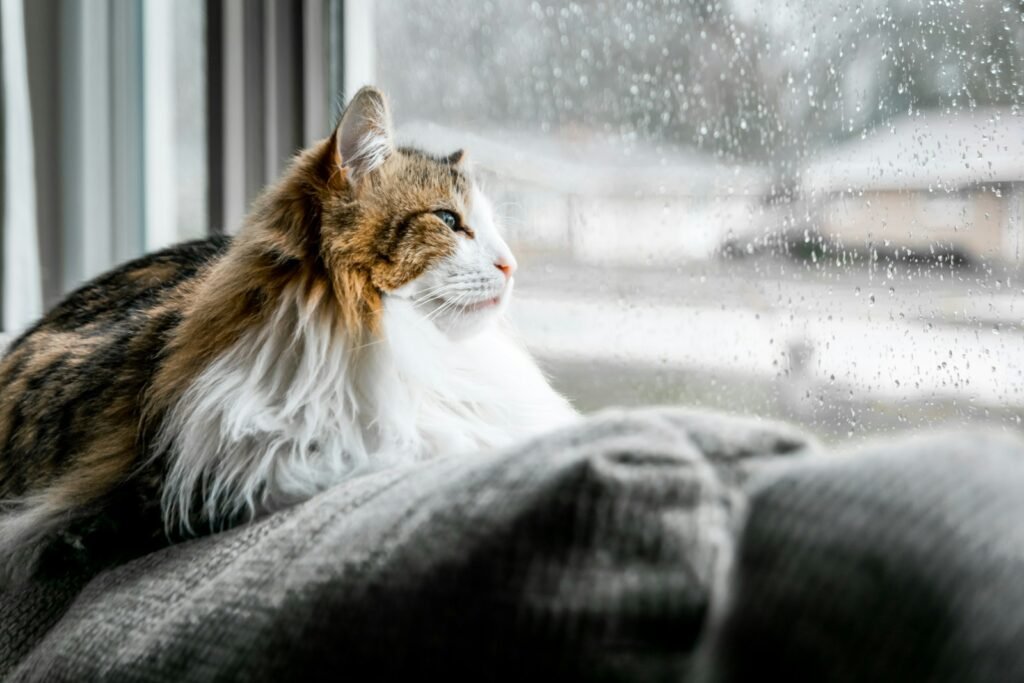
Every cat is unique, and it’s crucial to respect their boundaries during this time. Some cats may take longer to come out of their shell, and that’s okay. Avoid overwhelming them with attention or forcing them into situations that make them uncomfortable. Patience and understanding are essential in this process.
Building Trust and Bonding
Building trust with your cat can help reduce their emotional withdrawal. Spend quiet time in the same room, allowing them to approach you on their terms. Offer treats or gentle petting when they seem receptive. Over time, these positive interactions can strengthen your bond and encourage them to open up.
Understanding the Role of Age
Age can play a role in how cats experience emotional withdrawal. Older cats may become more withdrawn due to age-related health issues or changes in their senses. Understanding your cat’s life stage can provide insight into their behavior and help tailor your support accordingly.
Communicating with Your Cat
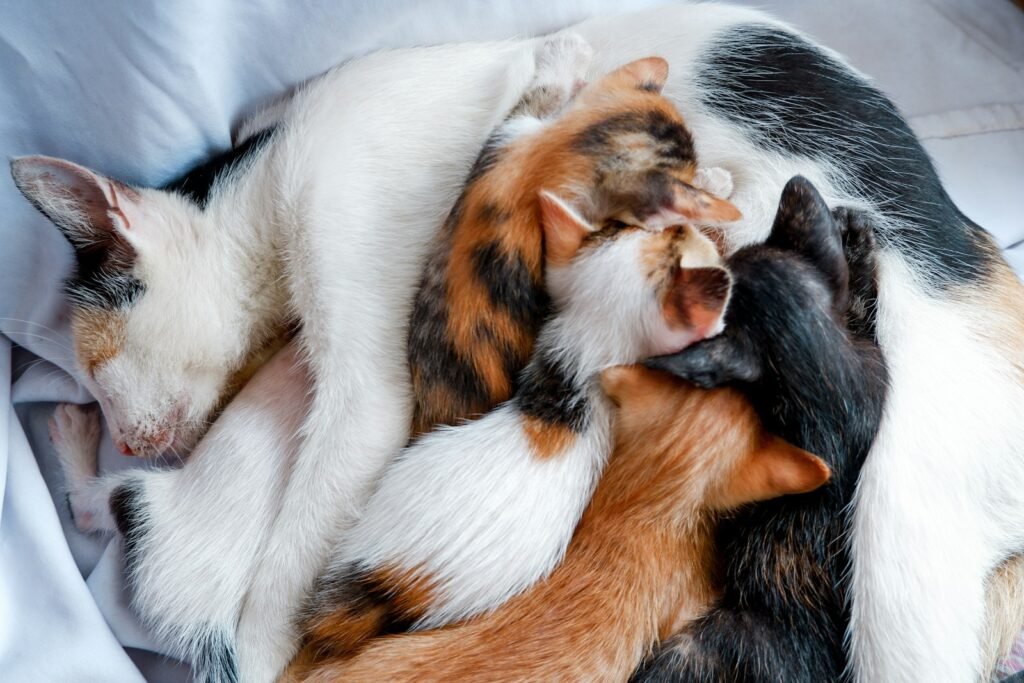
Cats may not speak our language, but communication is still possible. Pay attention to their body language and vocalizations. Purring, kneading, or rubbing against you are signs of comfort and trust. Responding to these cues appropriately can strengthen your relationship and help your cat feel understood.
Being Patient with Progress

Supporting a cat through emotional withdrawal requires patience. Progress may be slow, and there could be setbacks along the way. Celebrate small victories and remain consistent in your efforts. Remember that your cat is unique, and their journey to emotional recovery is an individual process.
Recognizing When to Seek Help
It’s important to recognize when your efforts aren’t enough. If your cat’s emotional withdrawal doesn’t improve or worsens, it’s time to consult a professional. A veterinarian or animal behaviorist can provide valuable insights and additional support. Don’t hesitate to reach out for help when needed.
Creating a Positive Environment
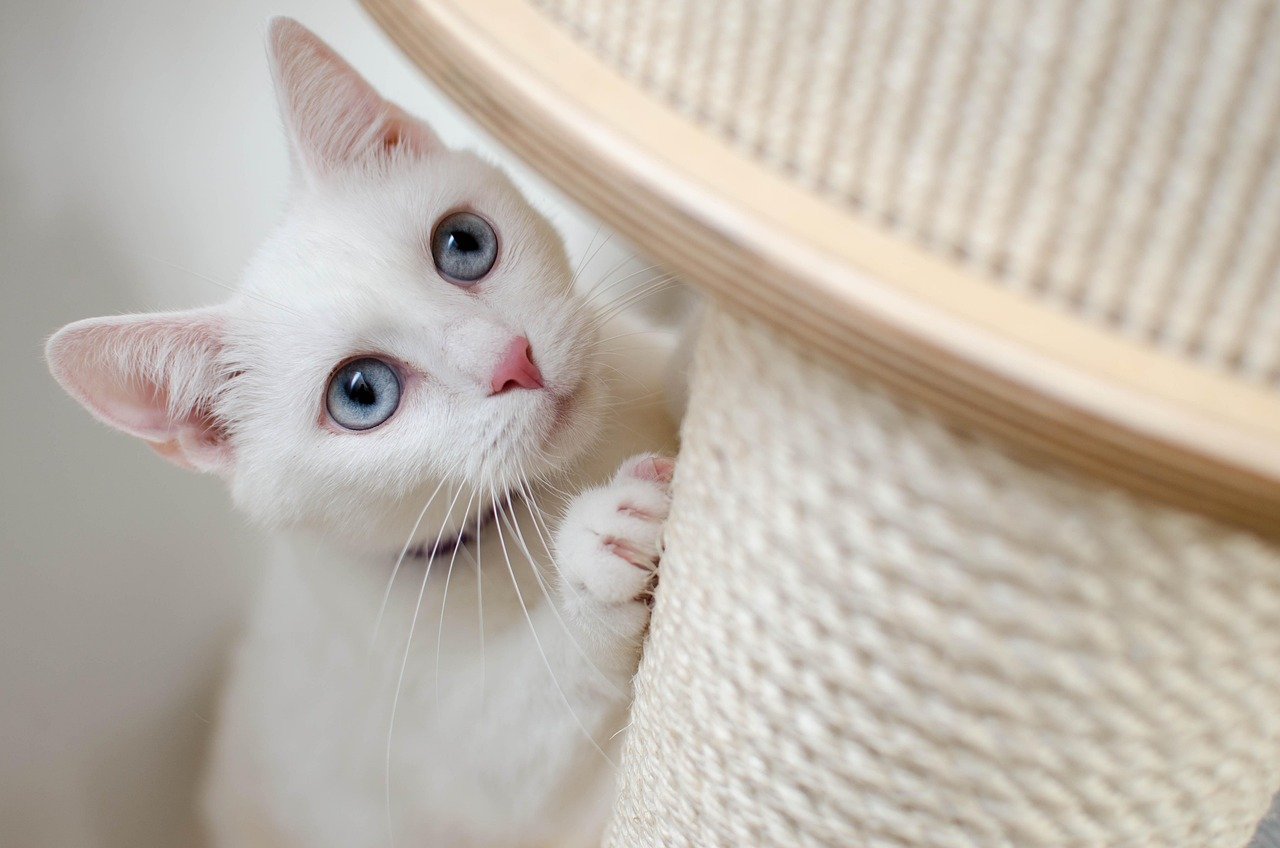
A positive environment can do wonders for a cat experiencing emotional withdrawal. Ensure their surroundings are enriched with toys, climbing structures, and cozy resting spots. A stimulating environment can provide comfort and encourage exploration, helping your cat regain confidence and joy.
Supporting a cat through emotional withdrawal is a journey that requires understanding, patience, and love. By recognizing the signs, addressing the underlying causes, and providing a supportive environment, you can help your feline friend navigate through this challenging time. Remember, every cat is unique, and what works for one may not work for another. Stay attentive to your cat’s needs, and with time, they will likely find their way back to their contented, purring selves.
Hi, I’m Bola, a passionate writer and creative strategist with a knack for crafting compelling content that educates, inspires, and connects. Over the years, I’ve honed my skills across various writing fields, including content creation, copywriting, online course development, and video scriptwriting.
When I’m not at my desk, you’ll find me exploring new ideas, reading books, or brainstorming creative ways to solve challenges. I believe that words have the power to transform, and I’m here to help you leverage that power for success.
Thanks for stopping by, Keep coming to this website to checkout new articles form me. You’d always love it!






